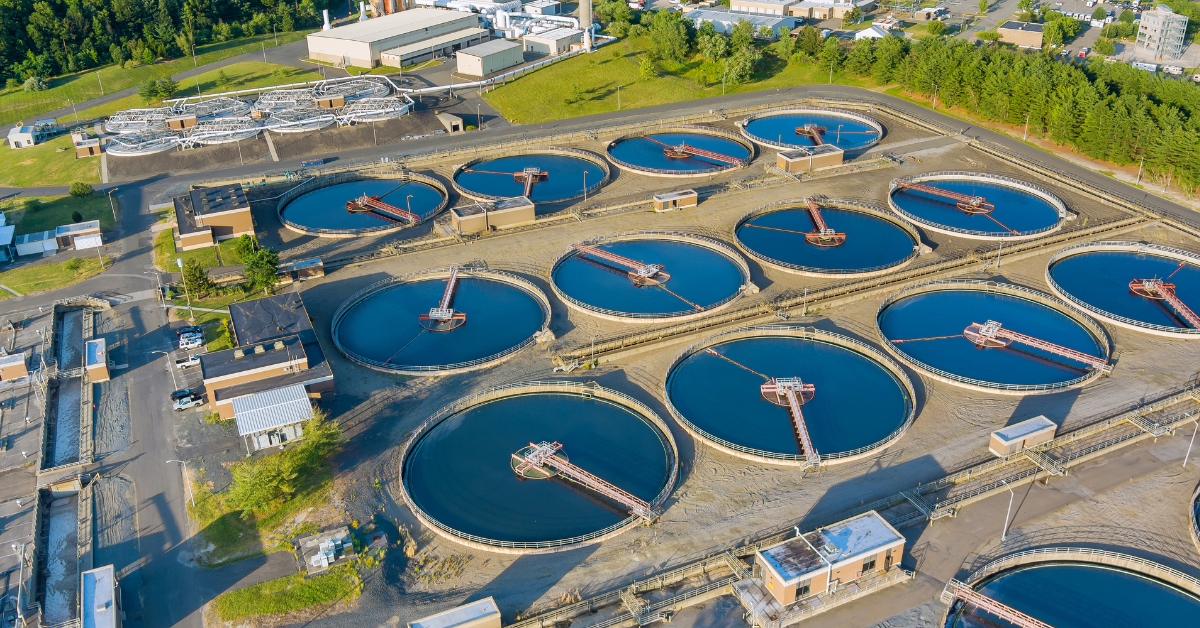
Democrats’ Dam-Removal Efforts Kill Fish, Weaken the Economy
The Biden administration’s embrace of the radical environmental agenda, including the widespread removal of dams across the United States, is not just an ecological gamble; it’s a direct assault on the nation’s economy, energy security, and the very ecosystems it purports to protect. The destruction of these dams, pivotal in providing electricity and vital to the agricultural and outdoor recreation sectors, is a prime example of policy run amok, disconnected from the realities of environmental stewardship and economic necessity.
The removal of 65 dams in 2022 and an additional 80 in 2023 underscores a troubling trend. Advocacy groups, like American Rivers, champion these efforts under the guise of restoring salmon and steelhead trout populations, claiming benefits for indigenous cultures and water quality. Yet, the consequences, particularly from projects like the Klamath River dam removal in Northern California, reveal a starkly different narrative.
The aftermath of the Klamath River dam “breaching” paints a grim picture, with large quantities of salmon stranded on mudflats, which pose dangers not just to local wildlife but to human safety as well. Siskiyou County Supervisor Ray Haupt’s warning that “we’re the experiment” resonates with foreboding, hinting at the broader implications of such reckless environmental activism. It’s a sentiment echoed in the similar calamities unfolding across Oregon’s reservoir drawdowns, where mass fish die-offs and “barotrauma” afflict the aquatic populations these policies allegedly aim to safeguard.
Moreover, the economic fallout from these initiatives cannot be overstated. The agricultural industry, a cornerstone of the local economy, faces dire water curtailments, while the outdoor recreation sector, reliant on sport fishing and whitewater rafting, grapples with the adverse effects of sediment-laden waters. It’s a scenario replicated on the Snake River in Idaho, where the proposed dam removal threatens the navigability crucial for wheat exports, jeopardizing the livelihoods of countless farmers and undermining the nation’s food security.
Yet, amidst these tangible threats, the Biden administration and its Democrat allies continue to push for further dam removals, citing dubious environmental benefits while ignoring the catastrophic impacts on power reliability, regional economies, and the very ecosystems they claim to champion. The lack of transparency and the exclusion of affected communities and industries from the decision-making process only compounds the issue, leaving those on the front lines of these environmental experiments with no recourse but to witness the destruction of their livelihoods and natural heritage.
As the nation witnesses the unfolding consequences of these ill-conceived policies, it becomes increasingly clear that the drive to remove dams is less about genuine environmental conservation and more about adhering to an ideological crusade, one that sacrifices practicality and pragmatism on the altar of environmental extremism. It’s a cautionary tale of policy divorced from reality, where the zeal to achieve “progressive” environmental goals blinds policymakers to the real-world ramifications of their actions. The result is a landscape scarred by the very initiatives supposedly meant to protect it, communities burdened by the loss of economic vitality and environmental balance, and a nation forced to reckon with the costs of reckless environmentalism.














